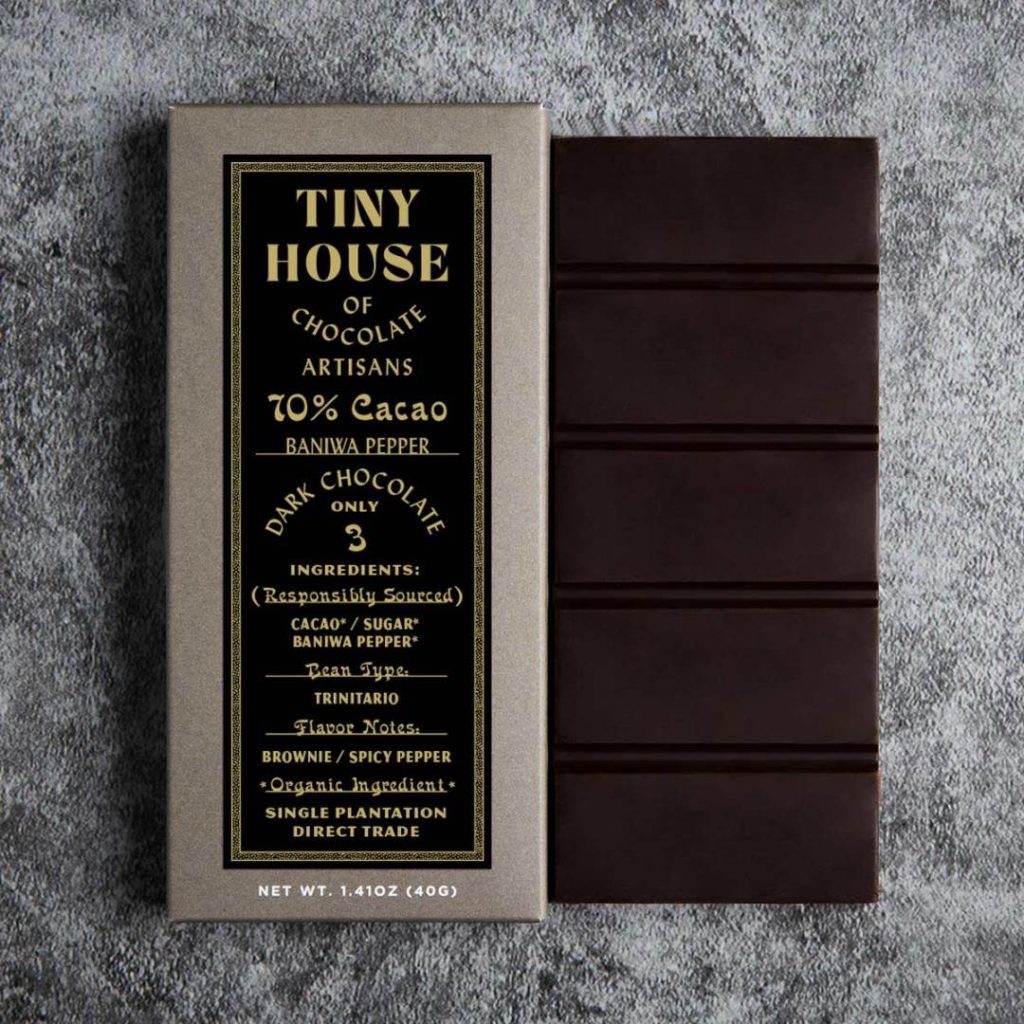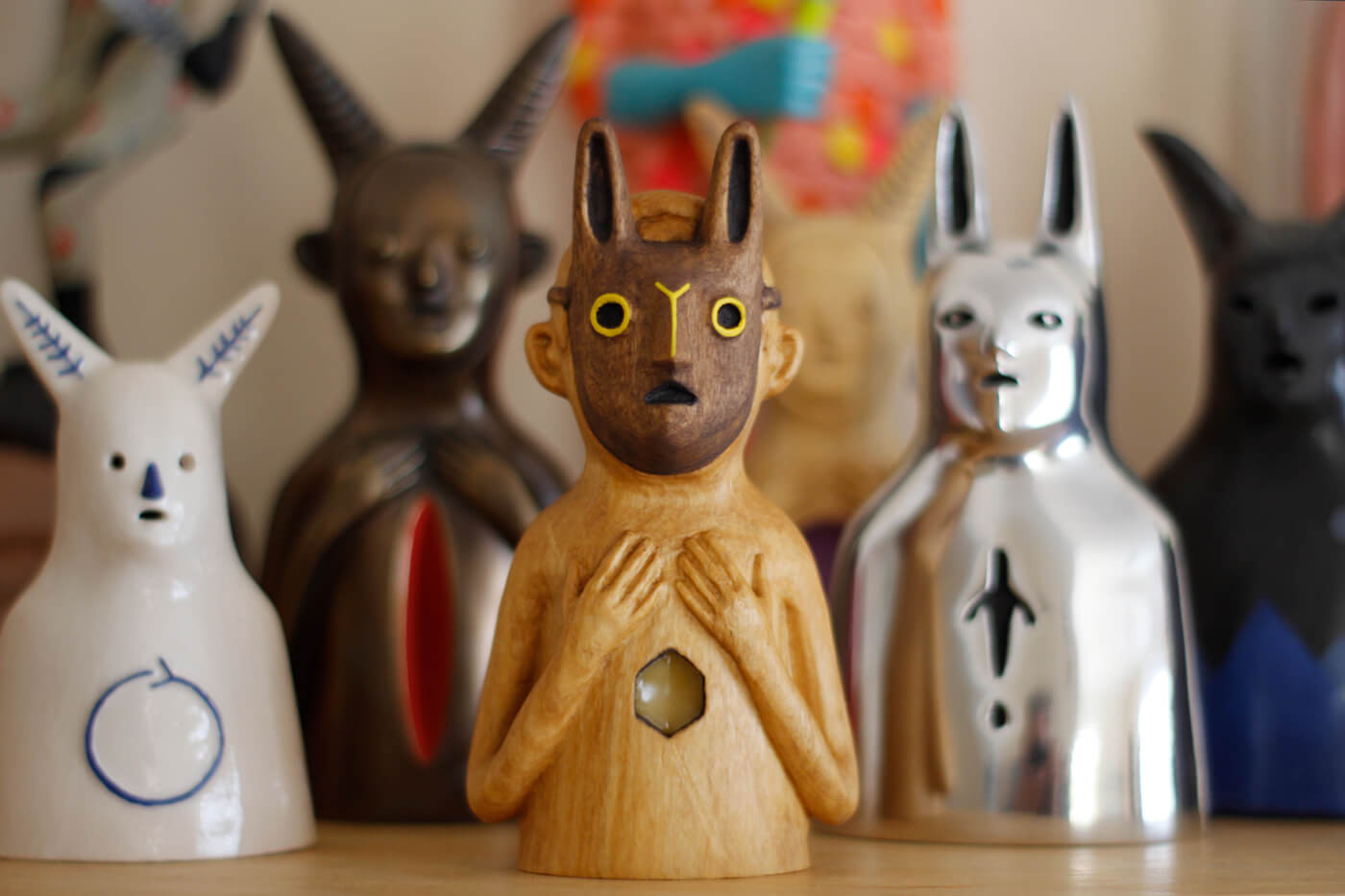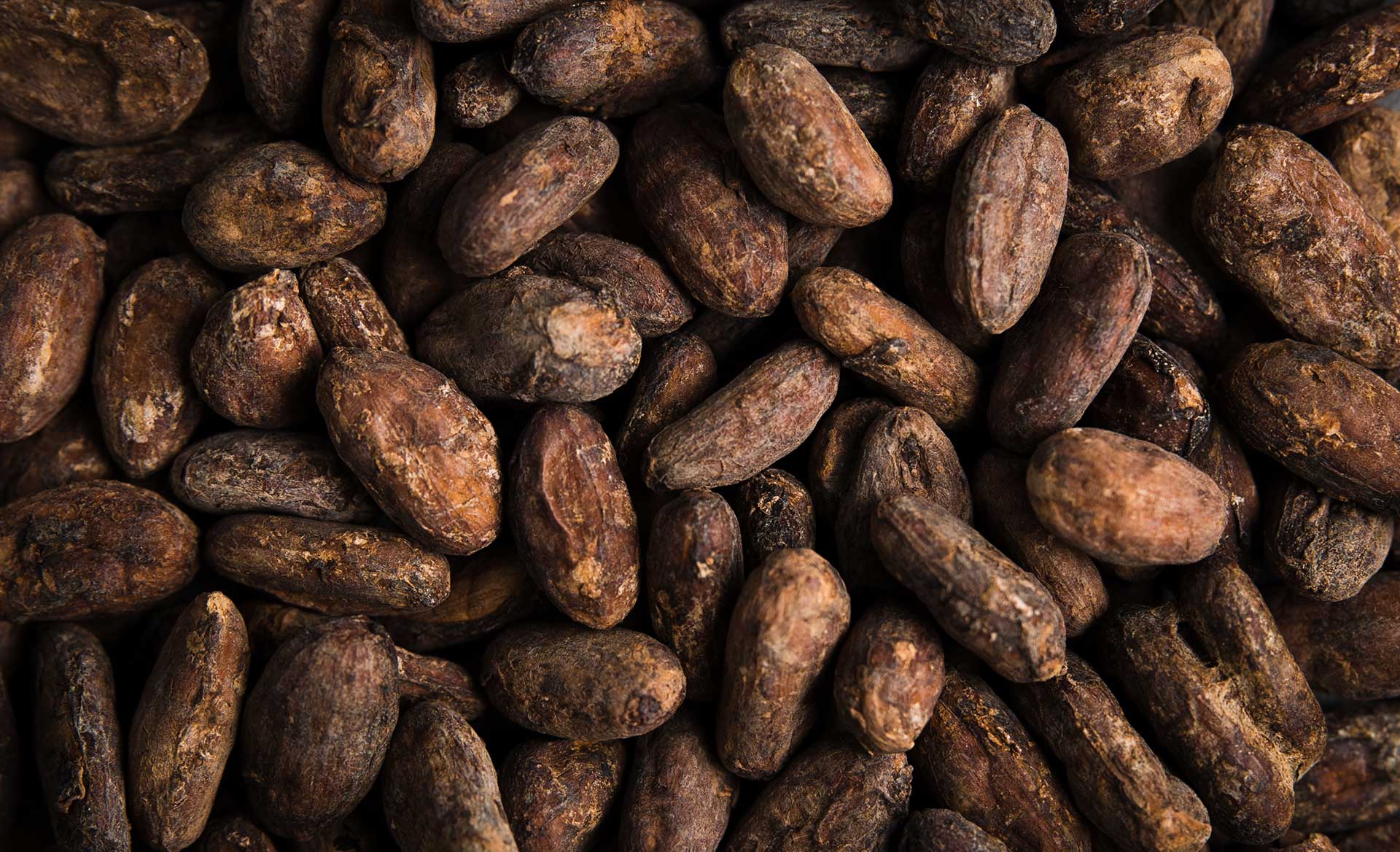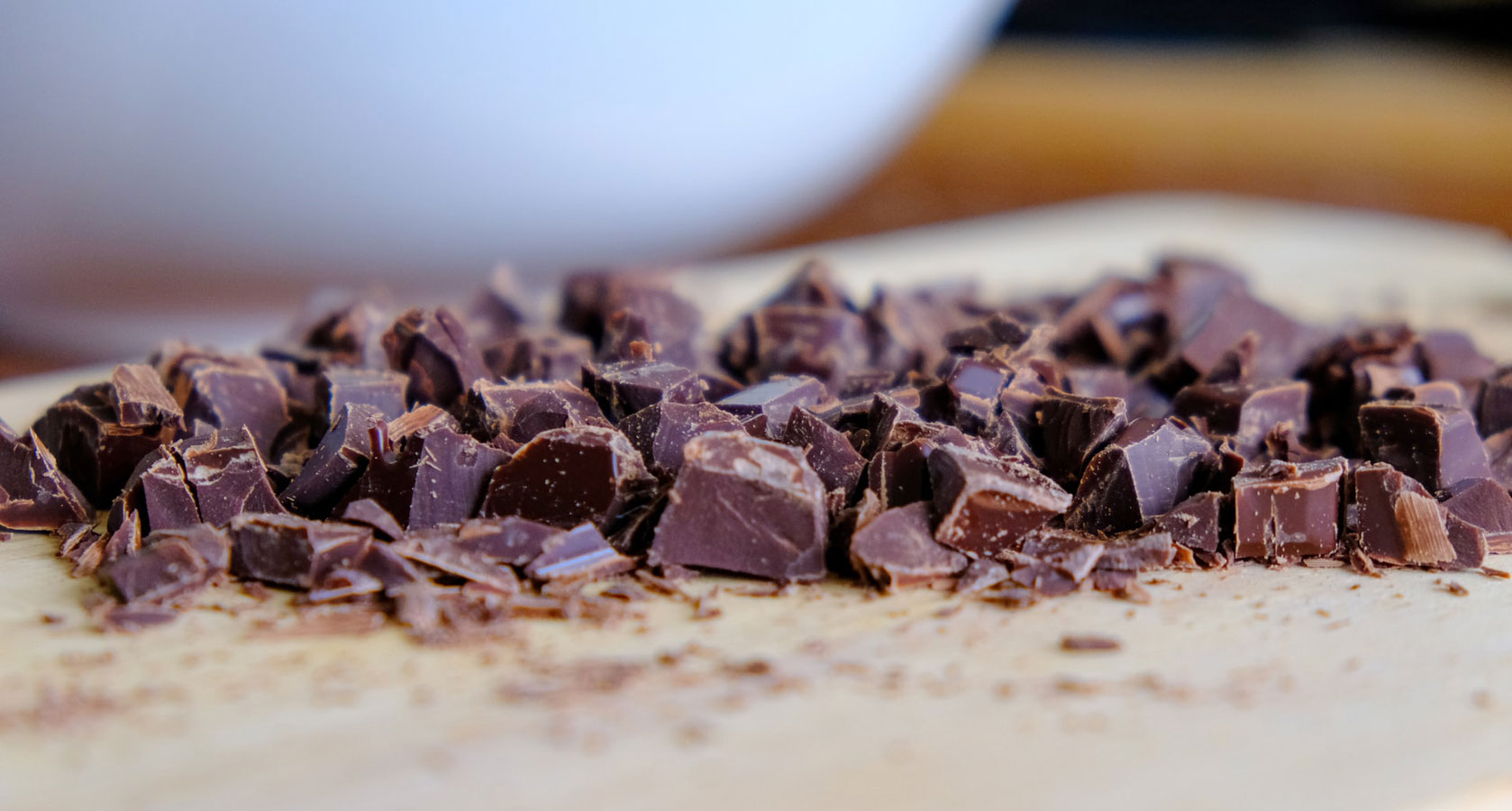The Power of Amazon Women
| Written by: Tiny House Chocolate
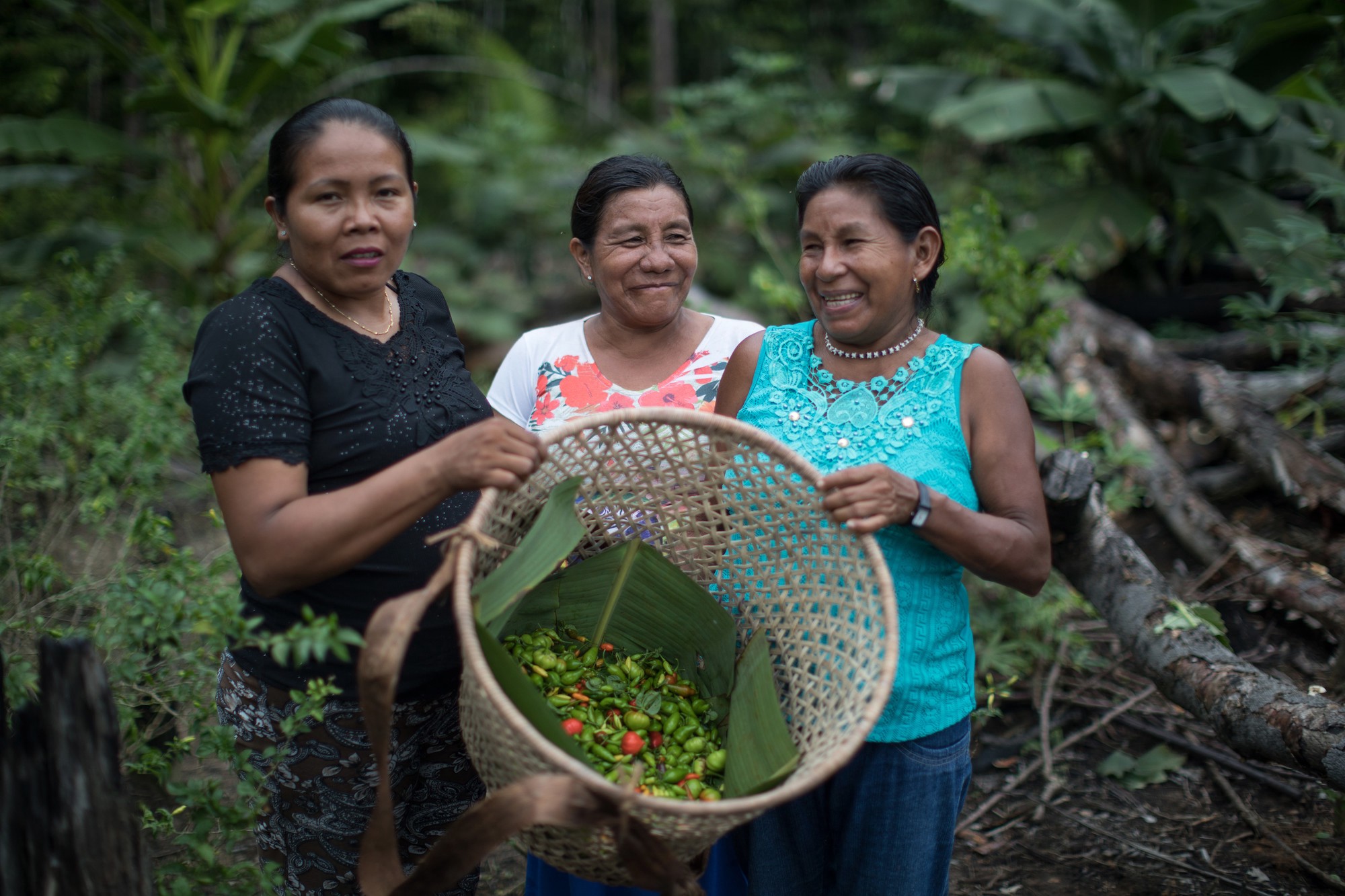
Get to know the history of female protagonism and entrepreneurship responsible for introducing Baniwa Pepper to the world.
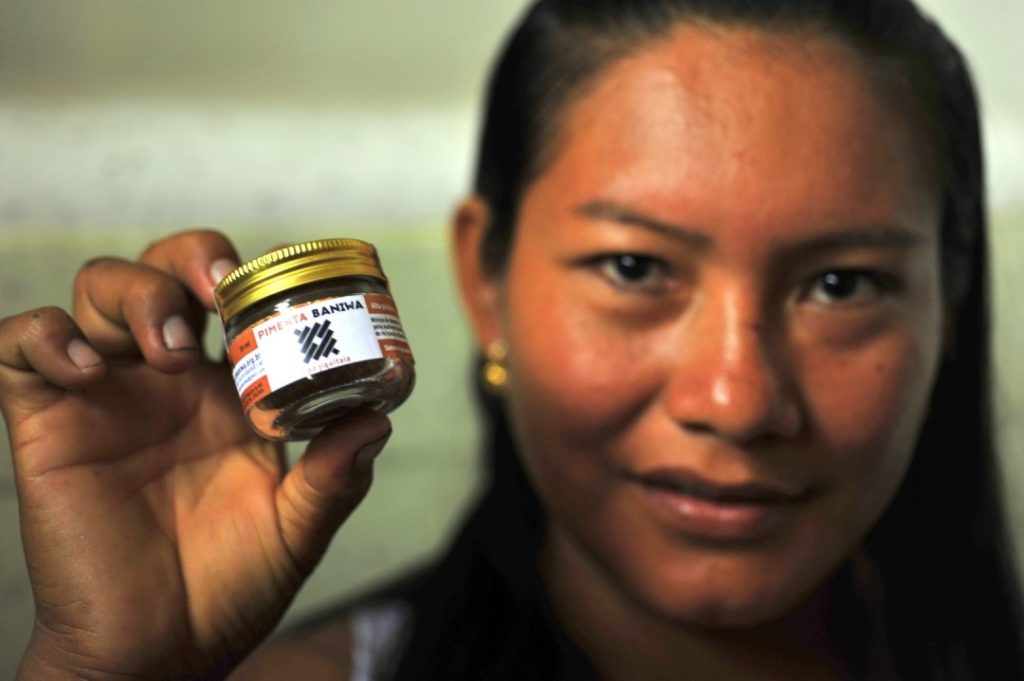
Baniwa is the name of indigenous people Aruaque-speaking who live in villages located on the banks of the Içana River. With an estimated population of 15 to 18,000 people, they live in about 200 communities, as part of the cultural complex of the northwestern Amazon, between Brazil, Colombia and Venezuela.
Baniwa pepper is grown exclusively by women from the Baniwa Pueblo, who harvest a small portion of their backyards every day. The fully sustainable planting process contributes to income generation and the development of the entire region. The income obtained is passed on to about 80 producers and managers of Casas de Pimenta – or Pepper Houses, spaces that take care of processing, packaging, and storage, and that carry out quality control. The expansion of production is designed with the aim of respecting the routine of the communities and not generating pressure on demand.
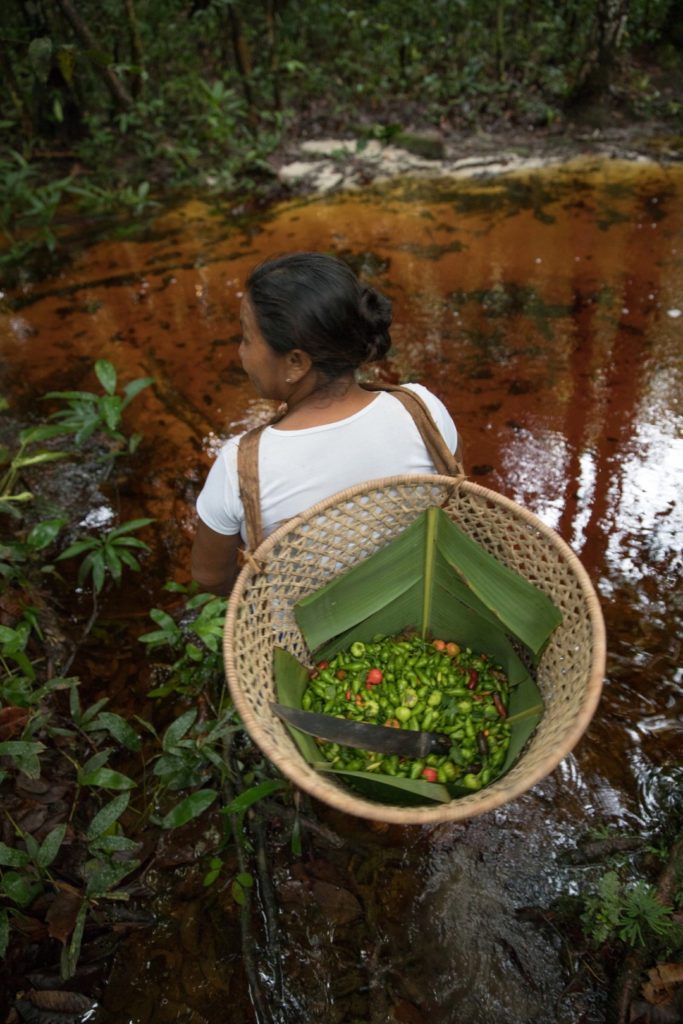
Also called guardians of the fields, these women take care of the plants and sing “songs of illumination” so they will grow healthy and the harvest will be plentiful. The Baniwa like to say that jars of powdered pepper are like books that indigenous communities send to the world to read, and that pepper is considered “food for body and soul”, with several traditional uses.
Pepper has a fundamental role in the cosmology of these peoples. In the rites of passage from adolescence to adulthood, boys and girls try peppers for the purification and protection of their bodies. It works as a kind of invisible shield, which protects against the aggressiveness of disease-causing spirits. It is proven that the spice offers several health benefits, as it contains antioxidant, analgesic, antibacterial and anti-inflammatory properties.
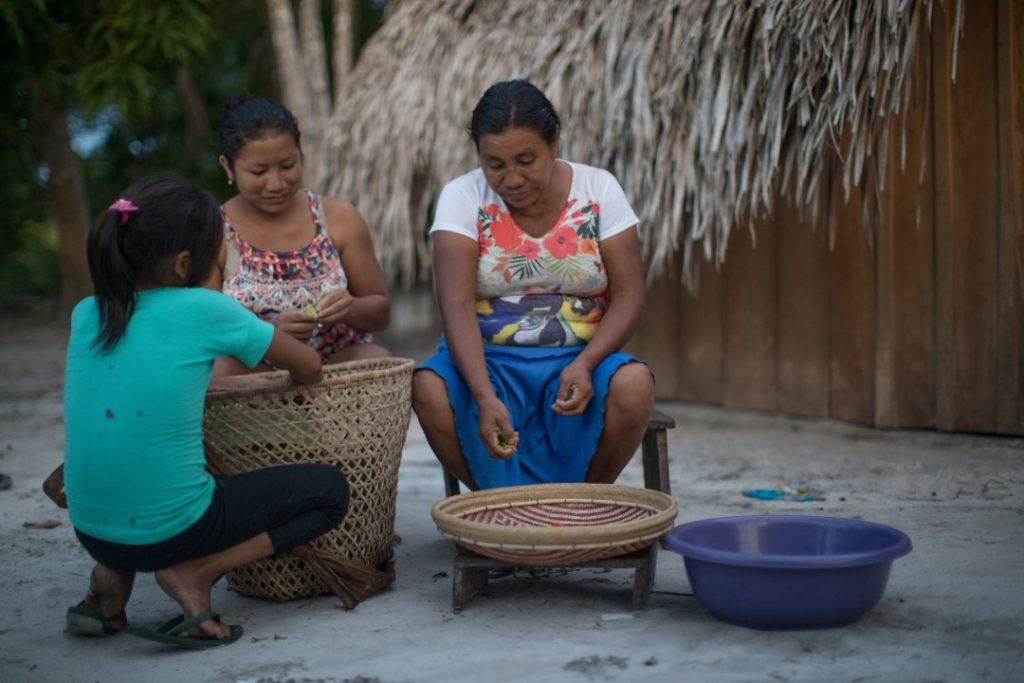
Baniwa gardens produce 78 varieties of pepper. The mixture of types of peppers dehydrated and ground with a small amount of salt, with a slightly smoky flavor and high spicy, is called Jiquitaia, the same name given to a small and painful stinging ant. In the northwestern Amazon cuisine, Jiquitaia is used to enhance the flavor of dishes such as fish stew and game meat. In famous restaurants in Brazil, Baniwa has already been adapted for use in pasta, risottos, and broths. It is also successful in the composition of beers and, of course, chocolates.
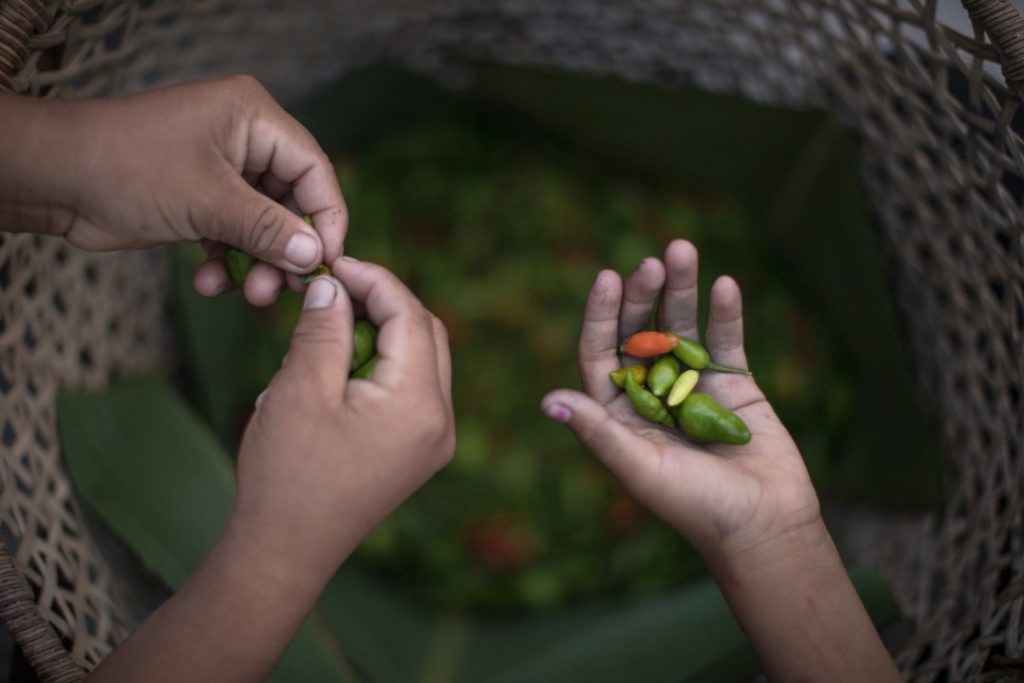
All the power and ancestry of Baniwa Pepper, combined with Tuerê Settlement cacao beans result in a bar of unique and remarkable chocolate like the history of the Baniwa women.
Hot cThe complexity and intense flavor of the new Tiny House Chocolate bar will mark your memory. Baniwa Pepper 70% combines Baniwa Pepper and Amazon cacao beans, the same used in Amazon Brazil 71% chocolate bar. Both ingredients come from the Amazon region, in South America.
With a wonderful smoky chili pepper flavor, this chocolate will bring you the sacred properties and benefits of the forest.
